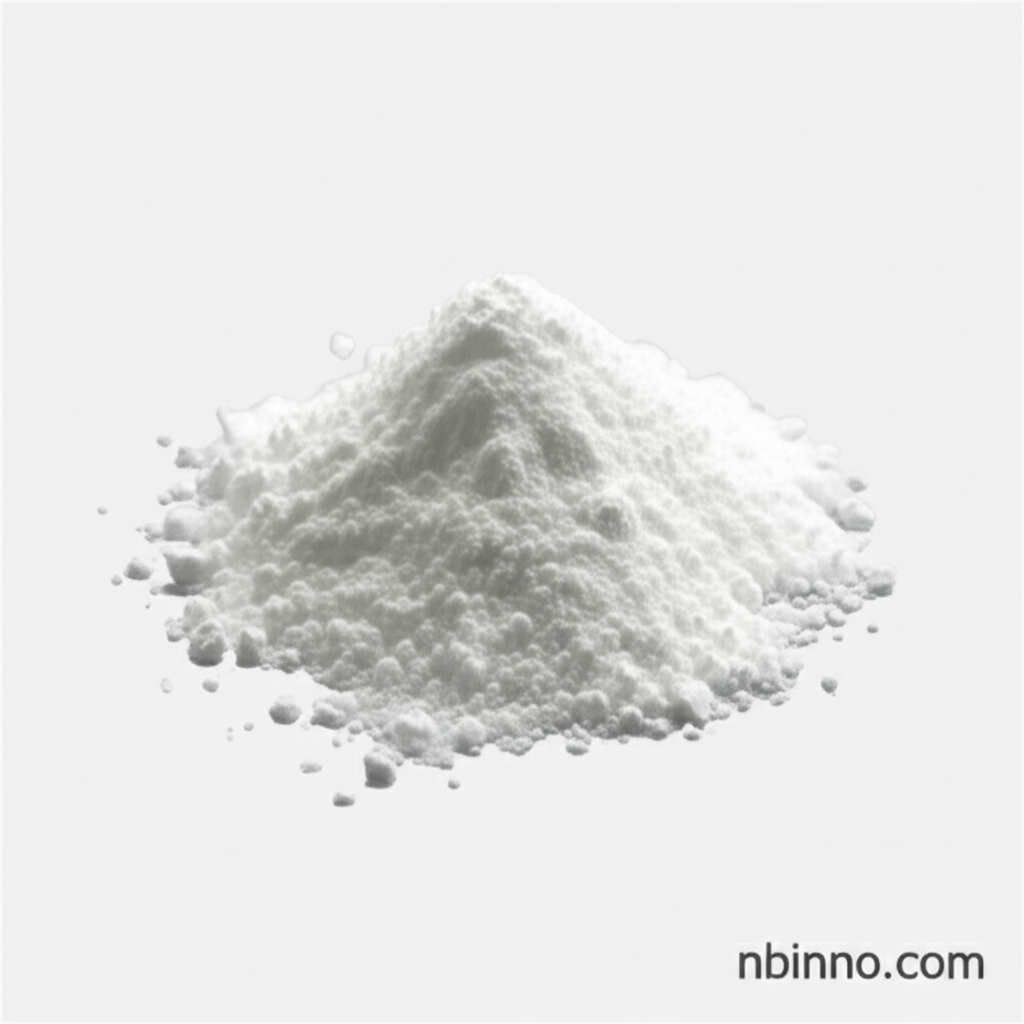4-Bromo-m-terphenyl: A Versatile Organic Intermediate for Advanced Materials and Research
Unlock innovation in organic electronics and chemical synthesis with this specialized terphenyl compound.
Get a Quote & SampleProduct Core Value

4-Bromo-m-terphenyl
This compound, identified by CAS number 54590-37-3, is a significant organic intermediate characterized by its terphenyl structure. It serves as a vital research compound and a key building block in complex chemical synthesis, particularly in the development of advanced materials for organic electronics.
- Discover the potential of terphenyl derivatives synthesis for creating novel materials with unique electronic properties.
- Leverage this 4-bromo-m-terphenyl intermediate in cross-coupling reactions with brominated aromatics to build complex molecular architectures.
- Explore its application as an organic semiconductor building block for next-generation devices like OLEDs and OFETs.
- Utilize this chemical for cutting-edge materials science research, pushing the boundaries of what's possible.
Key Advantages
Versatile Chemical Intermediate
As a key intermediate, its bromine atom offers a reactive site for various synthetic transformations, enabling the creation of diverse organic semiconductor building blocks and facilitating terphenyl derivatives synthesis.
Enabling Organic Electronics
Crucial for the development of organic light-emitting diodes (OLEDs) and organic field-effect transistors (OFETs), this compound contributes to advancements in display and electronic device technology.
Facilitates Complex Synthesis
Its structure makes it ideal for cross-coupling reactions with brominated aromatics, allowing researchers to construct intricate molecular designs for specialized applications.
Key Applications
Organic Semiconductor Development
Serves as a fundamental component in the creation of organic semiconductors, essential for next-generation electronic devices.
Advanced Materials Synthesis
Acts as a building block for complex molecular structures used in innovative materials science applications.
Scientific Research
Its unique properties make it a valuable tool for researchers exploring new chemical reactions and material functionalities.
OLED and OFET Technology
Contributes to the manufacturing of high-performance organic light-emitting diodes and field-effect transistors.
